On Wednesday, November 7, NASA will launch its Ionospheric Connection Explorer (ICON) spacecraft to study the ionosphere. This boundary lies between space and Earth, being home to a “sea” of charged electrons and ions; it reacts to both lower atmosphere weather and solar energy, the result being space weather. NASA’s ICON will study this, offering unprecedented scientific data.
Category: space travel – Page 434
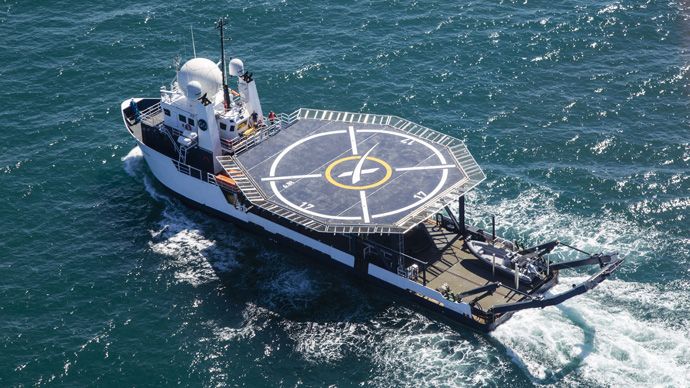
SpaceX Rehearses Recovery of Astronauts During Ocean Landings, Builds Helipad on Ship
SpaceX has started preparations for recovering International Space Station (ISS) astronauts during ocean touchdowns, conducting landing and patient loading rehearsals on their recovery ship GO Searcher.
NASA recently shared photos of the rehearsals on board GO Searcher, which has been upgraded with a medical treatment facility and a helipad in the center of the vessel.
SpaceX practiced how the helicopter will pick up astronauts and fly them to a nearby hospital, in case of a medical emergency.

Soyuz 2.1b launches new GLONASS-M navigation satellite
Russia has continued the expansion of its GLONASS constellation with the Saturday, Nov. 3, 2018 launch of a Soyuz 2.1b rocket from the Plesetsk Cosmodrome located in northern Russia.
The GLONASS-M (GLONASS-M No. 757) spacecraft that was sent aloft will now become part of Russia’s Global Navigation Satellite System (GLONASS). The rocket and its payload took to the late evening’s skies at 11:17 p.m. Moscow time (20:17 GMT / 3:17 p.m. EST) from Plesetsk’s Pad 4 at Site 43.

In Defense of Elon Musk
Elon Musk is an engineer at heart, a tinkerer, a problem-solver—the kind of person Popular Mechanics has always championed—and the problems he’s trying to solve are hard. Really hard. He could find better ways to spend his money, that’s for sure. And yet there he is, trying to build gasless cars and build reusable rockets and build tunnels that make traffic go away. For all his faults and unpredictability, we need him out there doing that. We need people who have ideas. We need people who take risks.
We need people who try.
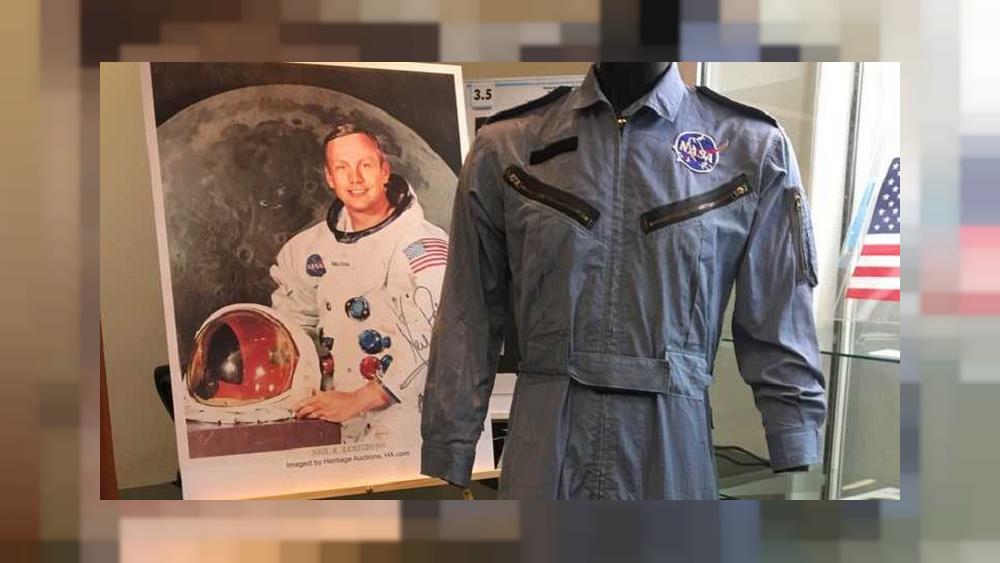
Neil Armstrong astronaut memorabilia auction lifts off
Space enthusiasts stirred by NASA astronaut Neil Armstrong’s venture to the moon spent more than $4 million (€3.5 million) in just the first day of a rare auction of Armstrong’s personal collection of memorabilia.
On July 20, 1969, Armstrong, who led the Apollo 11 mission, became the first human to walk on the moon.
The auction is the first major sale of his personal collection that comes amid a growing demand for space collectibles as the 50th anniversary of the July 20, 1969 moon landing approaches.

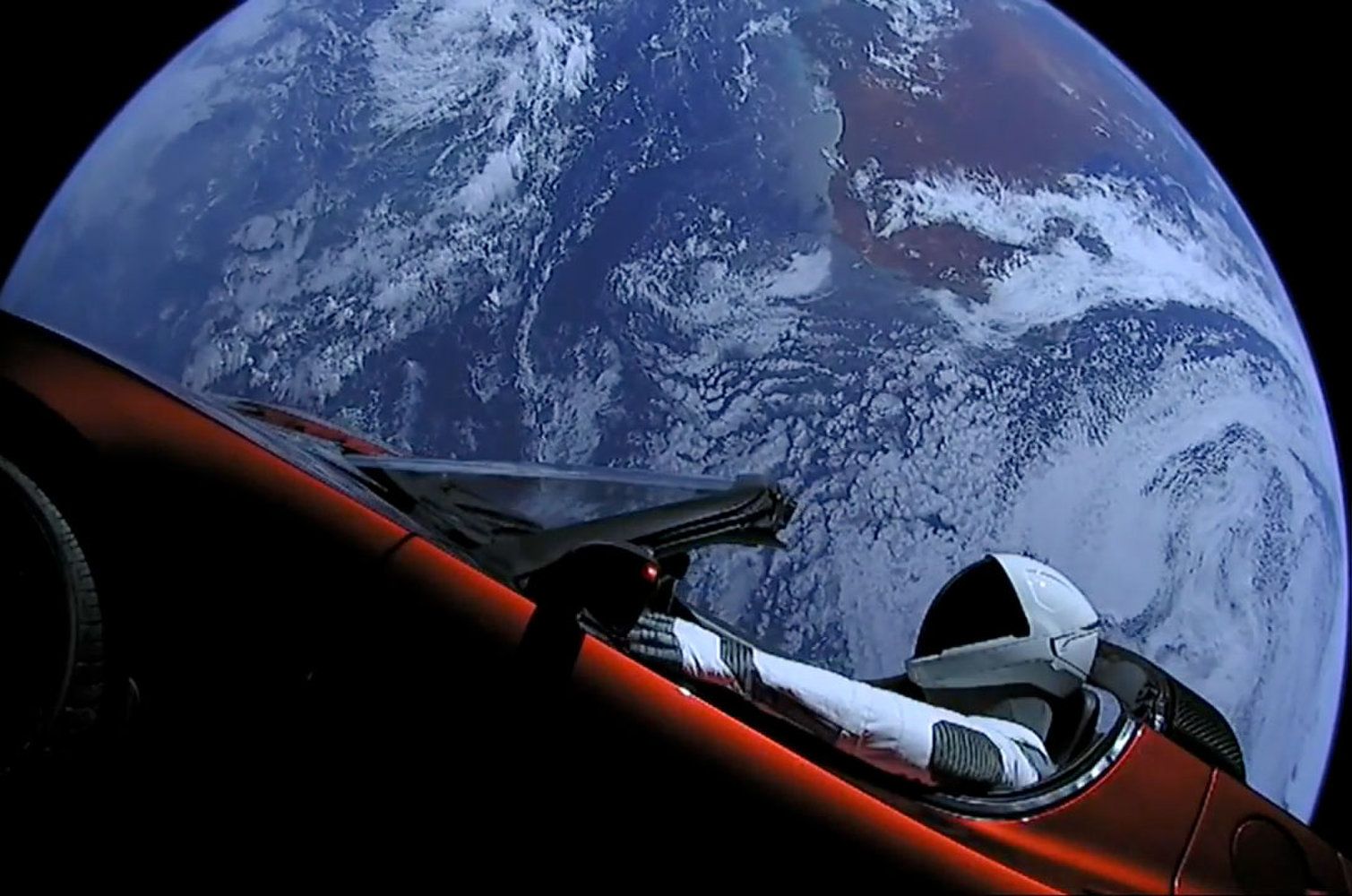
SpaceX’s ‘Starman’ and Its Tesla Roadster Are Now Beyond Mars
Starman has put a lot of miles on his Tesla Roadster in the last nine months.
The red electric car and its spacesuit-clad mannequin driver, which launched on the maiden mission of SpaceX’s huge Falcon Heavy rocket in February, have made it beyond the orbit of Mars, company representatives said Friday night (Nov. 2).
“Starman’s current location. Next stop, the restaurant at the end of the universe,” SpaceX posted on Twitter Friday, along with an orbit diagram. [Epic SpaceX Road Trip Photos: Starman Rides a Tesla Roadster in Space].
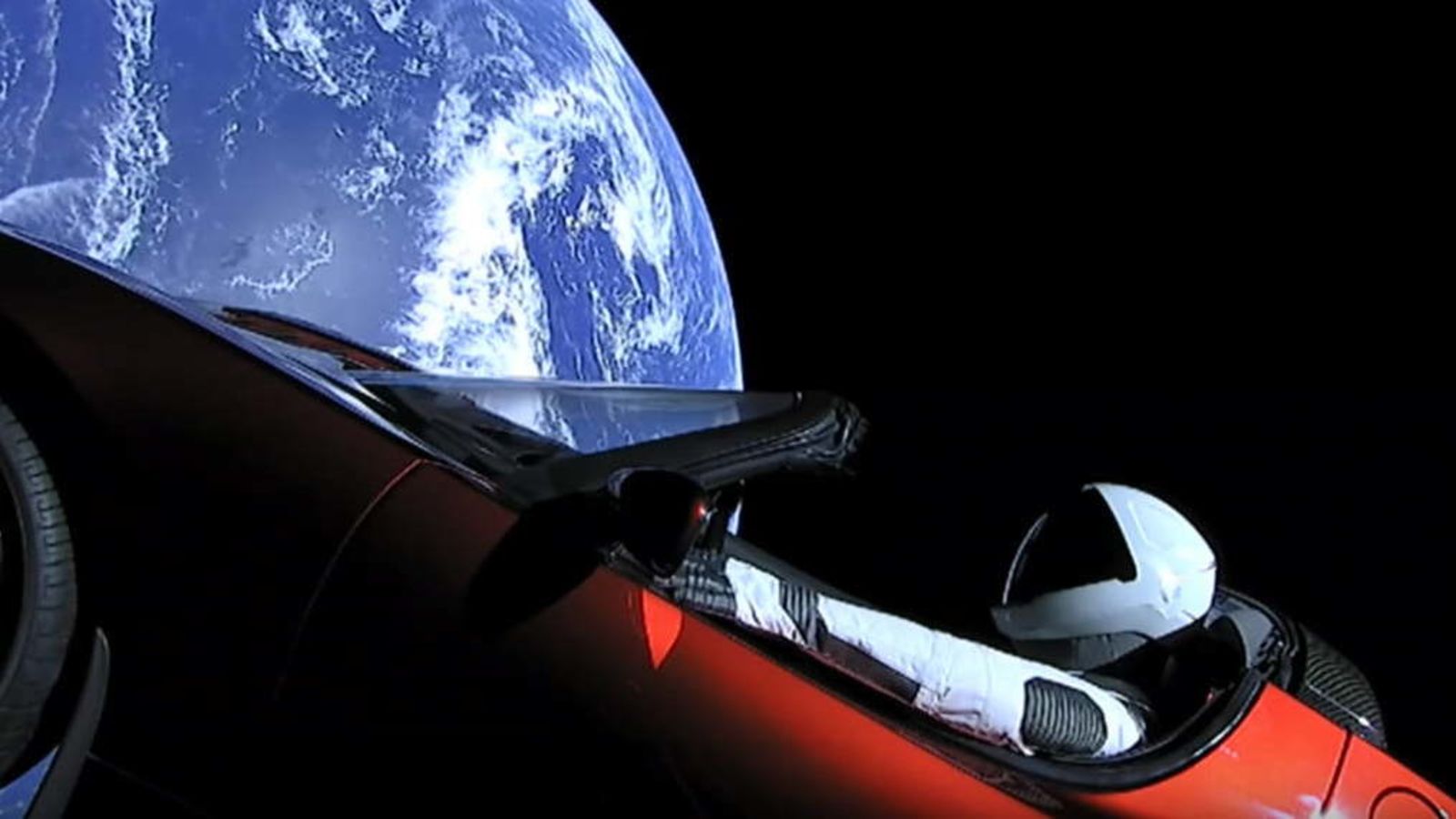
Starman and Tesla Roadster Have Shot Past Mars, SpaceX Says
SpaceX’s Starman and cherry red Tesla Roadster have traveled beyond Mars. SpaceX shared a diagram of the car once driven by the aerospace manufacturer’s CEO Elon Musk indicating it has now reached beyond the Red Planet.
Sharing Starman’s current position in a diagram to Twitter, SpaceX also tweeted a nod to Douglas Adams’ seminal work The Hitchhiker’s Guide to the Galaxy, which is beloved by Musk. (The Restaurant at the End of the Universe refers to the second book in the series.) The dash of the Roadster itself even has a nod to Hitchhiker’s Guide, as Space.com notes the words “Don’t Panic” on its control panel also appeared on a cover of the novel.
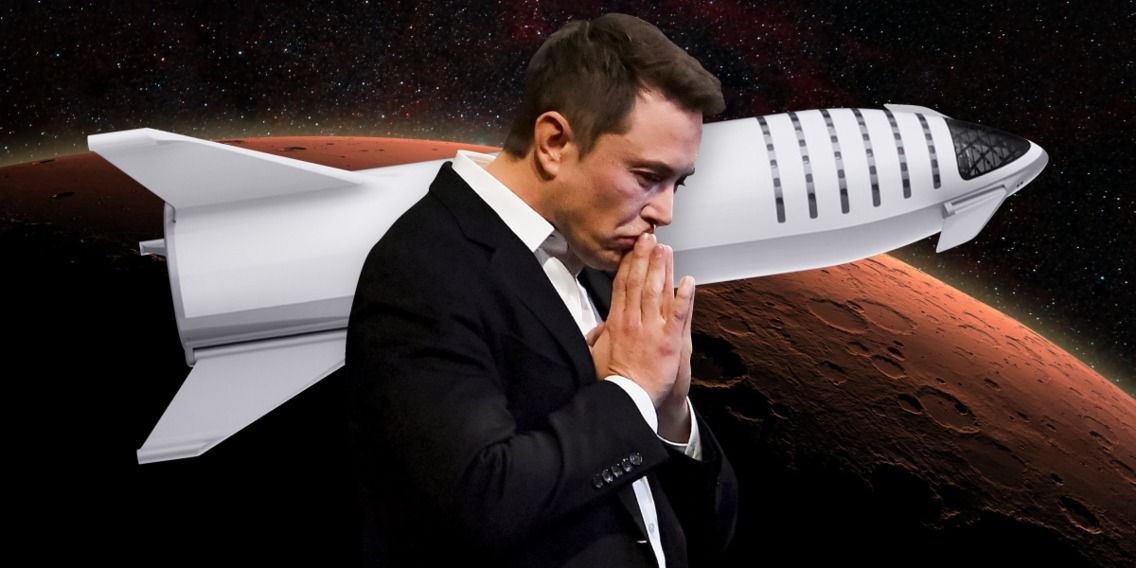
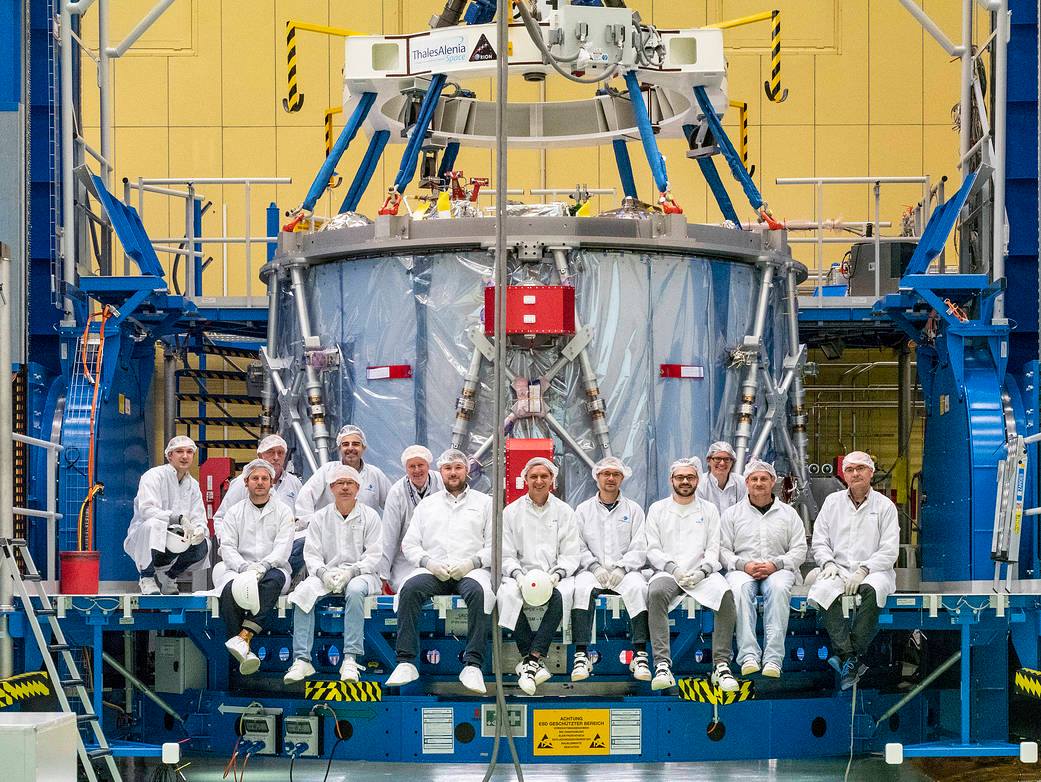
The European Service Module – the powerhouse that will supply our NASA’s Orion Spacecraft spacecraft with electricity, propulsion, thermal control, air and water – will soon make its journey from Bremen, Germany to NASA’s Kennedy Space Center
Tune in to NASA TV to learn more about this major milestone that will help propel us to deep space missions: https://go.nasa.gov/2qqRCNI